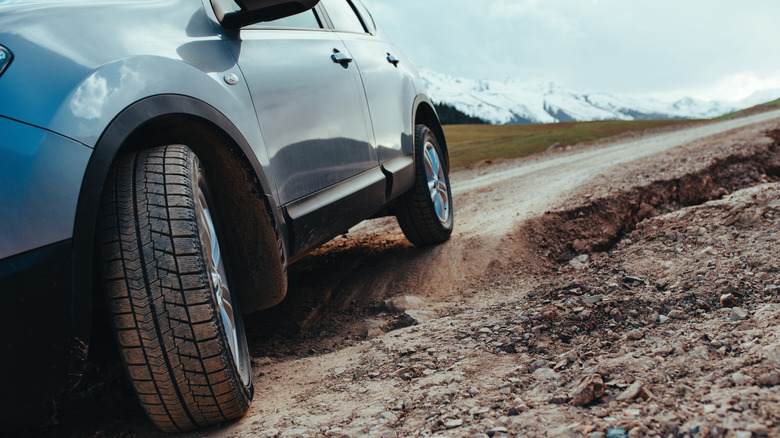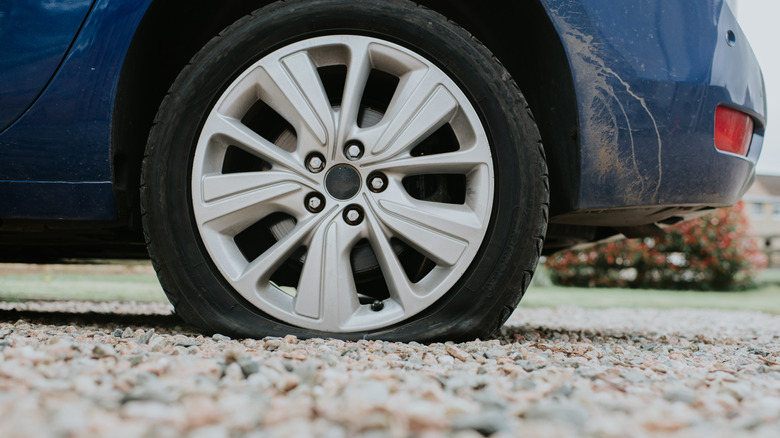The ongoing debate of whether to choose wider or narrower tires for your vehicle — whether it’s a car or a bike — has been around for ages. There’s no definitive answer, as it hinges on how you plan to use your ride. But, let’s break it down: here are five cool reasons why opting for wider tires might be your best bet.
First off, remember that selecting tires isn’t a random decision. It’s crucial to check their ratings, size, and maintenance requirements. Make sure to fit similar-sized tires instead of mixing and matching different sizes. Just a heads-up: wider tires do come with a downside — they tend to have more rolling resistance, which could lead to higher fuel consumption compared to narrower tires.
Improved Handling and Stability

You can check out video demonstrations that reveal how wider tires increase the contact patch between your vehicle and the road, enhancing overall stability. With narrower tires, there’s a higher chance of tipping over — especially on a bike or motorcycle — while wider tires minimize that risk, offering greater control.
Think about maneuvers on tricky terrains; wider tires make it easier to steer away from bumps and dips. In an experiment by Tyre Reviews on YouTube, they found that wider tires outperformed narrower ones on dry surfaces, although the latter handled a bit better on wet roads.
Better Braking Power

When you switch to wider tires, you gain superior braking performance. Why? A bigger contact area between the tire and ground means increased friction when you hit the brakes. This correlates to quicker stops and shorter braking distances, which is invaluable when you’re zipping down highways.
Like in a fun experiment shared by the Global Cycling Network, different widths were tested on bikes — and surprise! The widest tires (32 mm) had the shortest stopping distance compared to their thinner counterparts.
Awesome Off-Road Capability

Looking for an off-roading thrill? Wider tires are what you need! They provide superior traction on rough and uneven surfaces, giving you better control when things get bumpy.
Wider tires ensure even weight distribution, preventing the vehicle from swaying to one side while navigating hills or tight corners. Additionally, they perform well in sand or mud and are less susceptible to damage from rocks or other obstacles.
Perfect for Heavy Loads

If you’re frequently carrying heavy loads, consider wider tires that support a higher load index. This means they can handle more weight without risking a blowout.
Wider tires’ greater contact surface allows for balanced weight distribution, reducing the risk of tipping. This is especially beneficial if you drive larger vehicles like SUVs or trucks — and for bikes, wider tires can distribute a heavier rider’s weight evenly.
Reduced Risk of Punctures

One big plus of opting for wider tires is the decreased chance of getting punctures. Their lower pressure helps prevent deformation when encountering tiny obstacles, making punctures less likely — though the tire’s material quality and road conditions also play significant roles.
Imagine cruising down an empty highway and suddenly realizing you have a flat — not ideal! Wider tires can reduce these unpleasant surprises, giving you peace of mind on your rides.
Are you keen to stay in the loop with the latest tech and auto trends? Don’t miss out — subscribe to our free newsletter for the hottest updates and expert tips delivered straight to your inbox.
Catch the original article on SlashGear for more insights.




















